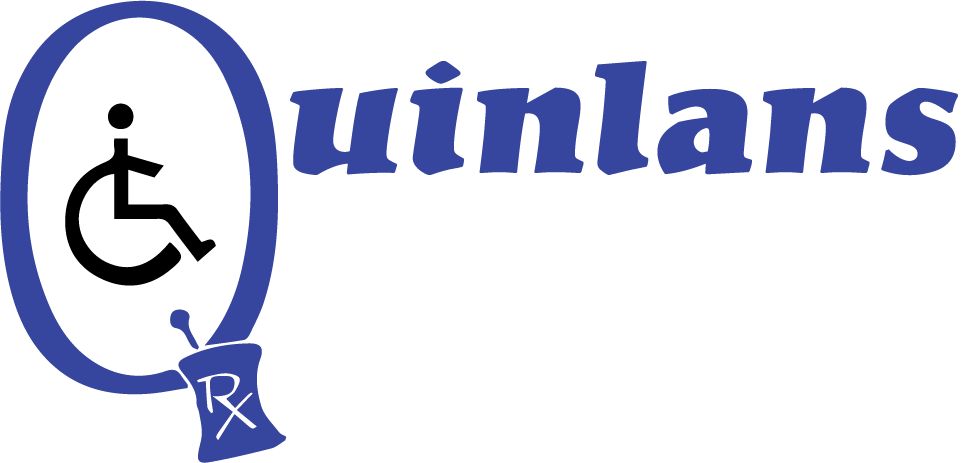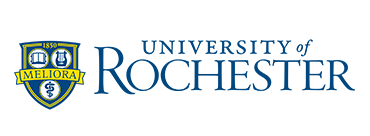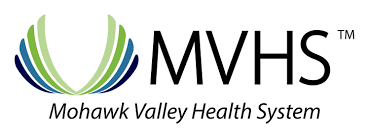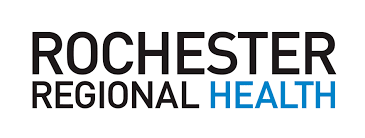5 Easy Steps for Cleaning a CPAP Humidifier
If your CPAP machine has a heated humidifier, it’s important to have a plan in place for maintaining it to avoid dirty CPAP equipment that may cause health or performance issues. You should always defer to manufacturer recommendations, but below are 5 simple steps and general tips for cleaning a humidifier chamber to get you started:
1. Empty unused water, and clean your CPAP humidifier chamber daily with soap and water.
Bacteria can accumulate quickly in a CPAP humidifier chamber, so it’s a good idea to replace the water daily and give the chamber a brief cleaning. You can do this by washing it with warm water and a mild detergent, then rinsing it well with water.
2. Soak your CPAP humidifier chamber weekly in white vinegar and water.
Recommendations for the exact ratio of vinegar to water may vary depending on the CPAP manufacturer, but it’s typically a solution of one part white vinegar to three parts water. Mix the vinegar and water together, and soak your CPAP humidifier chamber for 15-30 minutes before rinsing with water.
3. Allow your CPAP humidifier chamber to dry completely after cleaning.
Once you have a clean humidifier chamber, the next step is allowing it to dry. Place it on a clean cloth or paper towel to air-dry, and make sure it’s away from direct sunlight. Sunlight can damage the materials of your CPAP humidifier.
4. Use the SoClean CPAP Cleaner and Sanitizer for automated disinfecting.
For faster, easier cleaning, try the SoClean CPAP Cleaner and Sanitizer. The fully automated SoClean uses activated oxygen to kill 99.9% of CPAP germs in your mask, hose and humidifier chamber.
SoClean is ideal because it eliminates the need for cleaning a humidifier chamber with soap and water or soaking it in vinegar and water. All you need to do is wake up, place your mask directly in the SoClean and close the lid. The automated process handles the rest without the use of water or messy chemicals, so your CPAP equipment stays dry the entire time.
5. Always refill your CPAP humidifier chamber with distilled or sterile water.
After cleaning a humidifier chamber and allowing it to completely dry, be sure to fill it with distilled or sterile water. You should never use tap water, as it contains minerals and chemicals that may damage your CPAP humidifier chamber.
Cleaning a humidifier—or other parts of your CPAP machine—may not be the most enjoyable task, but doing so will help you avoid getting sick from dirty CPAP equipment. On top of that, you’ll ensure your CPAP equipment will have a long life with optimal performance, meaning more nights of better sleep for you!




